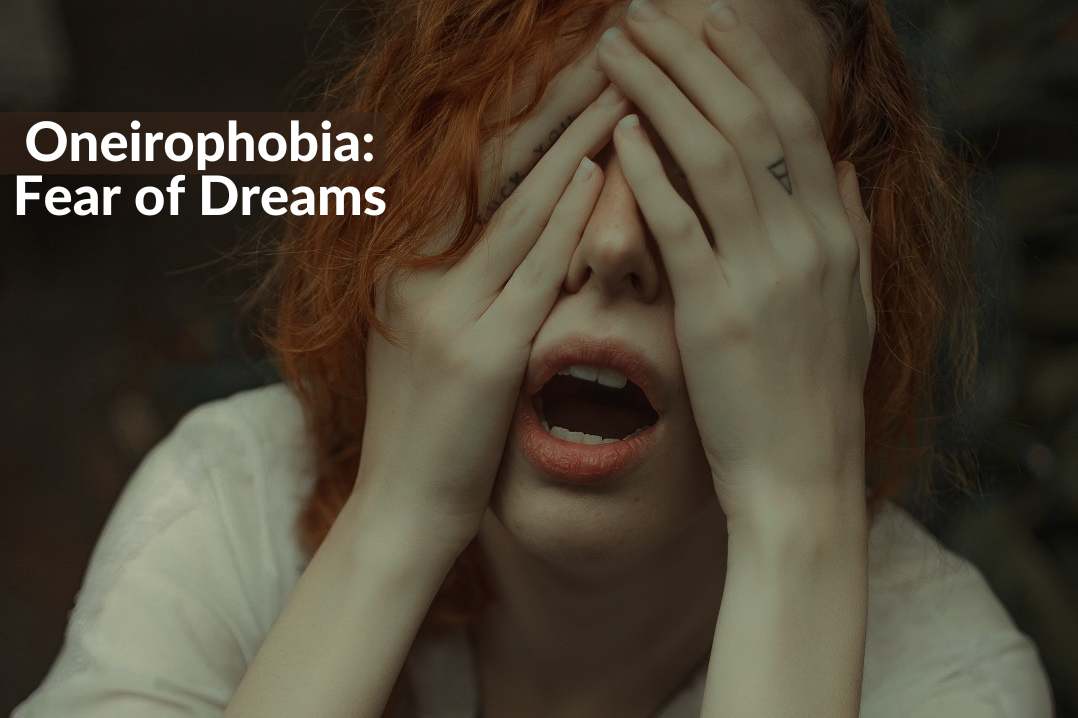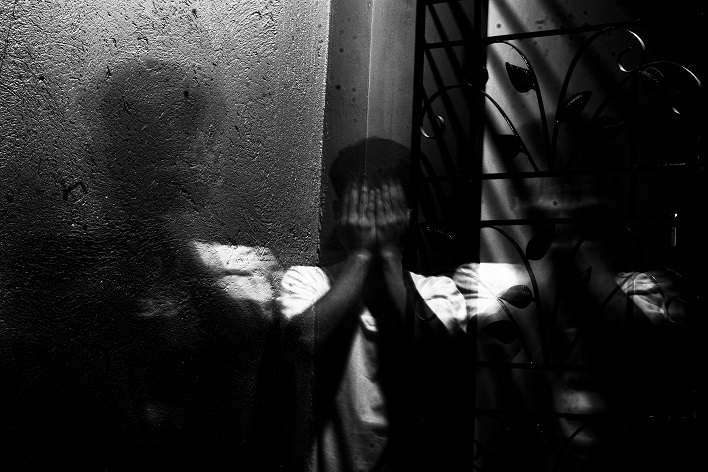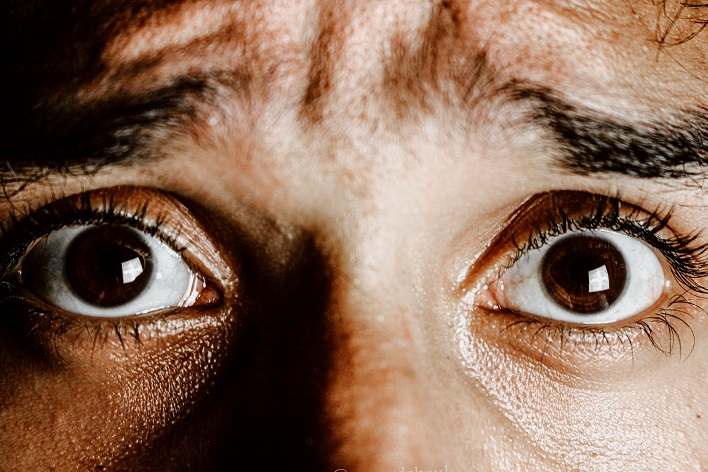
Dreams have always intrigued and fascinated mankind, offering a glimpse into the mysterious realm of the subconscious mind. However, for some individuals, dreams can be a source of terror and anxiety rather than wonder.
Oneirophobia, the fear of dreams, can lead to significant anxiety and, in some cases, even trigger panic attacks. Individuals with this condition may experience heightened heart rate, rapid breathing, increased blood pressure, muscle tension, trembling, and excessive sweating during such episodes. While not everyone with oneirophobia will necessarily experience full-blown panic attacks, it remains a distinct possibility, particularly in severe cases.
People afflicted by oneirophobia often go to great lengths to avoid any potential exposure to their fear. For example, they may take multiple short naps throughout the day or night, deliberately preventing themselves from entering a deep sleep. Paradoxically, this extreme avoidance behavior can exacerbate their oneirophobia over time, as it reinforces their fear through avoidance.
In essence, while individuals with oneirophobia may believe that avoiding dreams helps reduce their immediate anxiety, this strategy can ultimately perpetuate and intensify their fear in the long run.
Symptoms Associated with Oneirophobia

Individuals with oneirophobia typically exhibit anxiety as the predominant symptom of their condition. This anxiety can reach such an extreme level that it may trigger full-blown panic attacks. The severity of these panic attacks can vary from person to person and may, in some cases, necessitate hospitalization.
Furthermore, those with oneirophobia often go to great lengths to avoid any potential encounter with their fear. This avoidance may encompass not only steering clear of situations or places that could lead to dream-related anxiety but also actively taking measures to prevent such situations from occurring.
Here are some common symptoms associated with oneirophobia:
- Anxiety when contemplating dreams
- Difficulty in managing anxiety related to dreams
- Physical symptoms such as muscle tension, trembling, and excessive sweating
- The potential for experiencing panic attacks
Causes of Oneirophobia

The precise origins of oneirophobia remain elusive, with no definitive causes identified. However, it is widely acknowledged within the field of psychology that a combination of genetic predisposition and environmental factors may significantly contribute to the development of this condition.
Genetics can potentially play a substantial role in the predisposition to oneirophobia. Individuals with a family history of mental illnesses, particularly anxiety disorders or specific phobias, may be at an increased risk. This heightened susceptibility could stem from a genetic predisposition to various forms of mental illness.
For those with such genetic factors, it may take a triggering event or traumatic experience to manifest full-fledged oneirophobia. Essentially, any emotionally distressing event that involves elements related to the fears associated with oneirophobia could serve as a catalyst for the development of this phobia, provided that the individual has the underlying genetic vulnerability.
While the exact causes of oneirophobia remain uncertain, mental health professionals widely concur that both genetic predisposition and environmental influences hold considerable sway in the development of mental disorders. Therefore, a closer examination of these two factors may offer insight into the potential risk of developing oneirophobia. Exploring the interplay between genetics and life experiences can help individuals better understand their vulnerability to this condition.

